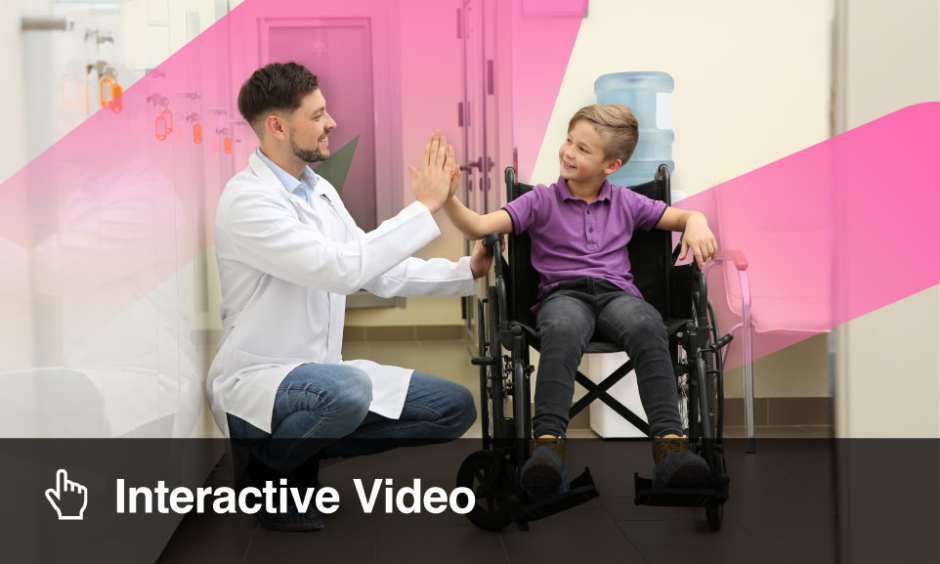BACKGROUND AND AIMS
Parkinson’s disease dementia (PDD) and Lewy body dementia (LBD) are dementia syndromes that overlap in many clinical features, making their diagnosis difficult in clinical practice, particularly in advanced stages.1,2 The authors propose a highly predictive machine learning algorithm, based on noninvasive procedures and predicators easy to attain within the clinic, to identify these disorders.
METHODS
The algorithm was developed using datasets from two specialised memory centres, employing a sample of 58 PDD and 28 DLB patients whose diagnostic follow-up was available for at least 3 years after the baseline assessment. A restricted set of information regarding clinico-demographic characteristics and six neuropsychological tests (Mini–Mental State Examination [MMSE], Parkinson’s Disease-Cognitive Rating Scale [PD-CRS], Brief Visuospatial Memory Test-Revised [BVMT-R], Symbol Digit Modalities Test [SDMT], Wechsler Adult Intelligence Scale [WAIS], Trail Making Test [TMT] Parts A and B) were used as predictors. Two classification algorithms (logistic regression and K-Nearest Neighbors) were investigated for their ability to successfully predict whether patients had PDD or LBD.
RESULTS
The K-Nearest Neighbors classification model scored an accuracy of 91.2% of overall cases based on the 15 best clinical and cognitive features, achieving 96.42% sensitivity and 67.00% specificity on discriminating between the two conditions. Regarding the binomial logistic regression classification model, it achieved an accuracy of 87.50% on average based on the 15 best features, showing 93.93% sensitivity and 57.00% specificity. Previous machine learning studies achieved promising results for predicting other types of dementia;3,4 however, these models have been shown to have moderate discriminatory capabilities with area under the curve (AUC) ranging from 0.60 to 0.78. The accuracy of 91.2% AUC and a sensitivity of 96.0% in the authors’ model indicates that this version is able to prescreen patients for follow-up diagnosis or evaluate their suitability for clinical trials. Most of the previous models cannot address the issue of lack of precision in data collection, limiting their performance and generalisability to other settings. Furthermore, because each work used different methods (e.g., bagging decision tree, support vector machine, nearest mean classifiers), no safe conclusion can be made concerning the most suitable model to use in clinical practice. Nevertheless, the results obtained support the application of the proposed algorithm in clinical practice for clinicians in PDD and DLB diagnosis.
CONCLUSION
The proposed algorithm has a high prognostic performance to predict PDD and LBD with high accuracy using easy to calculate neuropsychological scores. Furthermore, it improves the recruitment in clinical trials, which could potentially be used as additional decision-making tool in clinical practice.








